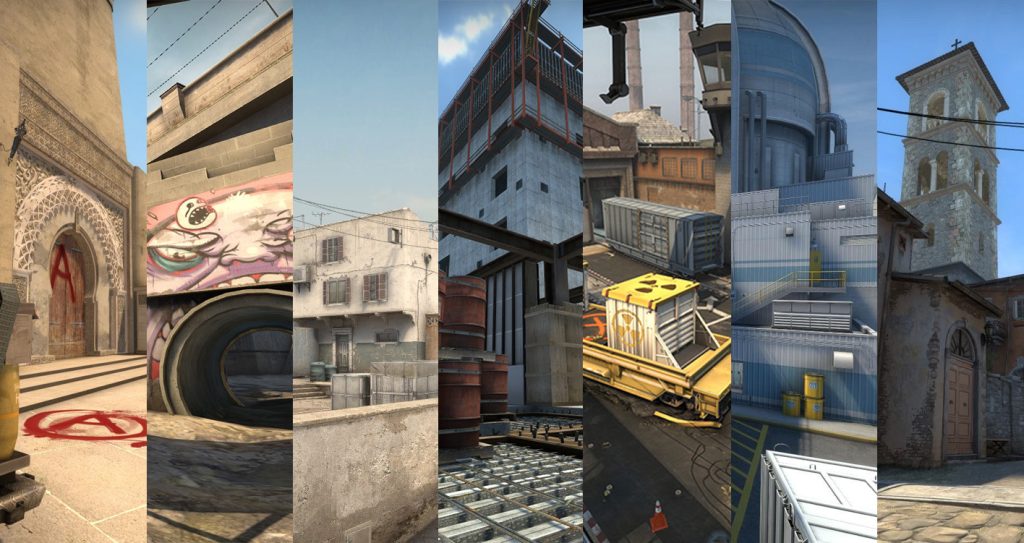In the realm of virtual gaming, mastering maps is often the key to achieving success and gaining a competitive edge. Maps are the digital landscapes where gamers navigate, strategize, and compete. Understanding the intricacies of these virtual terrains can significantly enhance a player’s ability to secure victories. The essence of winning in virtual gaming lies in not just familiarizing oneself with the map layout but also in leveraging this knowledge to outmaneuver opponents and optimize gameplay strategies. The first crucial aspect of map mastery is knowing the layout thoroughly. This includes being aware of all critical locations such as high-ground advantages, choke points, and resource spots. High-ground positions often provide a tactical advantage, allowing players to spot enemies from afar and control key areas. Choke points, on the other hand, are strategic locations where opponents are funneled into a confined space, making them ideal for ambushes or defensive stands. Resource spots, whether they are ammunition caches, health packs, or special power-ups, can turn the tide of battle if used effectively.

Another vital element of understanding map is the concept of spawn points and respawn mechanics. Knowing where enemies are likely to reappear after being defeated can help in setting up effective ambushes or preparing defenses. Similarly, being aware of your own respawn points allows you to plan your return to the battlefield strategically, ensuring that you re-enter the fray with a clear purpose and optimal positioning. The dynamic nature of many virtual gaming maps requires players to adapt their strategies in real-time. Maps can change due to game updates or during the course of a match, such as the introduction of new obstacles or the destruction of existing structures. Successful players remain vigilant and flexible, adjusting their tactics based on the evolving map conditions. This adaptability is often what separates the best players from the average ones. Effective communication with teammates is also a crucial component of map strategy. Coordinating movements, sharing information about enemy locations, and planning joint attacks or defenses are all facilitated by a solid understanding of the map.
Moreover, analyzing replays and reviewing past matches can provide valuable insights into cs2 active maps usage. By studying how previous games unfolded, players can identify patterns, learn from mistakes, and refine their strategies. Observing how opponents utilize the map can also offer new perspectives and techniques that can be incorporated into one’s own gameplay. In essence, understanding maps in virtual gaming is not just about knowing where everything is located but also about leveraging that knowledge to make informed decisions and execute effective strategies. A comprehensive grasp of the map’s layout, spawn points, and changing dynamics, coupled with effective communication and continuous practice, forms the cornerstone of virtual gaming success. As players continue to enhance their map knowledge and adapt their strategies, they position themselves to outsmart opponents and emerge victorious in the competitive world of virtual gaming.